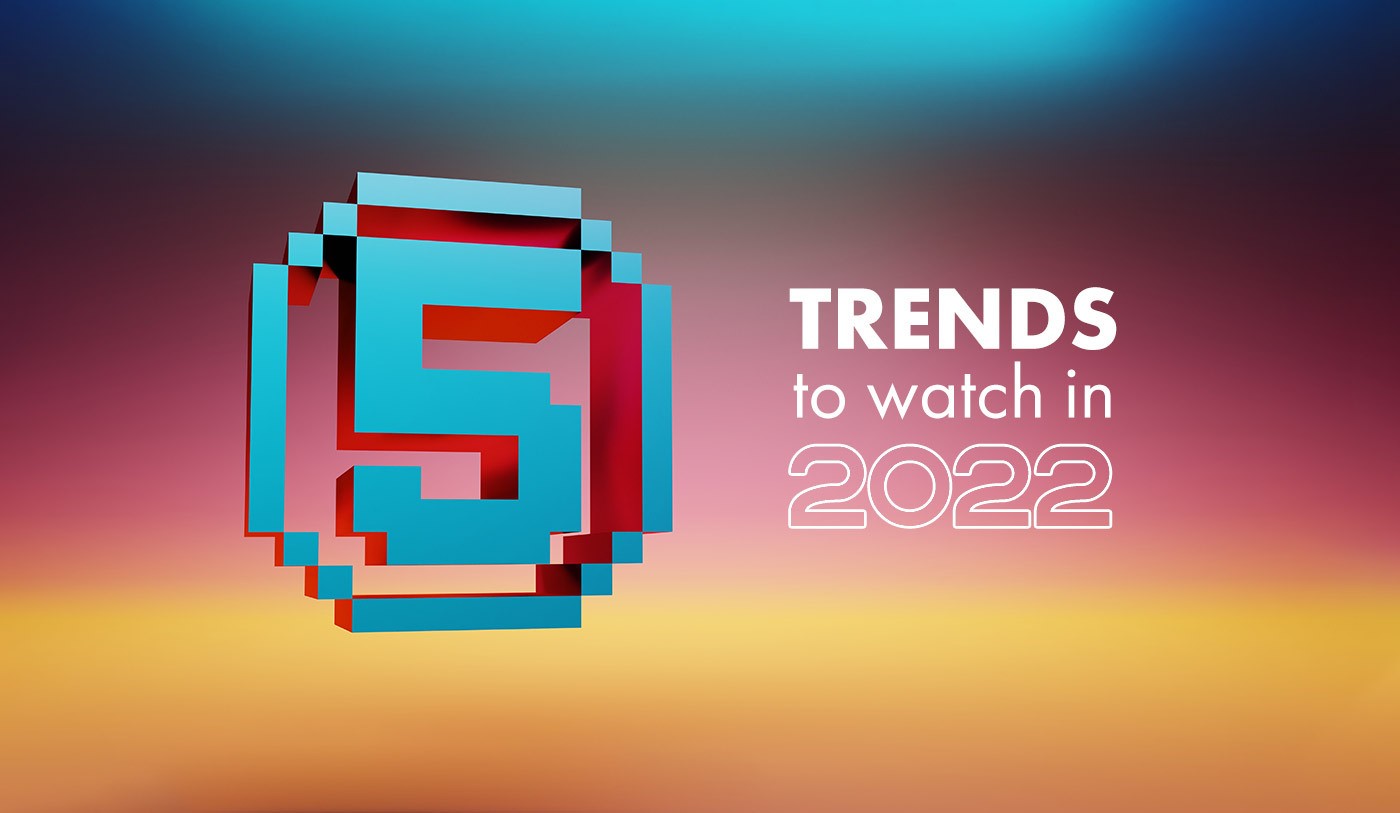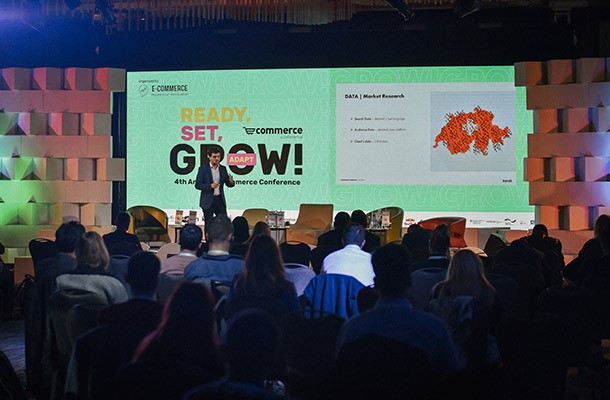As we are starting 2022 with different expectations, looking back at the past two years we may conclude that they have brought about far-reaching systematic changes in the way we live, work and shop.
The sharp rise of online shopping and direct-to-customer businesses, the shift from brick-and-mortar to clicks-and-mortar business models and the aspirations of making fundamental organizational changes in unpredictable times means that companies need to act now – or risk legging behind.
Here are five trends to watch this year:
Highly engaging customer experiences
As online shopping becomes dominant over in-store shopping and with less physical experiences, the modern customers expect more engaging experience online than ever before.
In order to get ahead of the curve, businesses will seek to deliver frictionless customer experience. Now, it should be a priority for companies with under-performing online experiences to understand and integrate the basics of CX as a starting point. Another key goal will be improving the overall service fulfilment, and how businesses can create better experiences for their customers from an operational service perspective.
Enhanced personalization, smart and targeted engagements and modern immersive tech will comprise the tools with which brands reach and engage their customers. Combining this with the traditional CRM strategies will help companies protect, nurture, and reward their loyal customers and improve the customer retention that is increasingly gaining on importance.
Businesses will rebuild from within
To stay ahead of the curve, larger companies will need to recreate their culture and vision in order to evolve digitally.
Staff retention issues, skills shortage and the adoption of hybrid working models will push businesses of all sizes to place employee wellbeing at the center of their strategy, as they find ways to organize the new normal in working life – reinventing the employee culture and making sure that employees stay engaged collaborators.
Companies will rely on their agency partners more than ever before and become their organizational transformation consultants and biggest challengers, down to landlords – since clients will make use of their offices as collaborative working spaces.
Sustainability and diversity on center stage
The pace of our lives may have accelerated since the lockdowns of the past two years, but we still want a slower pace of life and this can be seen in our choice of products that we buy and the brands that we buy from.
Consumers are to a great extend bypassing cheap and fast products, preferring instead high-quality long-lasting products that are manufactured sustainably and whose brands are founded on green and ethical values.
Both small and big well-known brands will need to show transparency, as it will be an important criterion against which they will be judged by customers. From certifications such as B-Corp to workforce diversity, brand’s values and ethics will largely influence the customers’ buying decision.
As the climate change topic is increasingly gaining attention, companies will need to reflect and evaluate their processes in order to stand up to the close examination of the customers who are becoming aware of greenwashing and false eco-claims. Eco-conscious companies will carry the day, while traditional ones that do not adopt sustainable processes and an inclusive workforce will lag behind.
Accessibility – an integral part of the customer experience
The commitment to making its web presence or digital products accessible for as many people as possible tells a lot about the company and its values and is not a new concept, thus, it should not be just an afterthought, but be present at each stage of crafting the digital presence or products, as most accessibility issues can be avoided when they’re considered in the early stages.
Also, with websites or products optimized for accessibility the potential scope of customers is widened, as there are plenty of cases where customers with disabilities may also benefit from the same products or services. Therefore, accessibility should become an essential part of what we research, consider, test against and in the end care about.
Here are some facts to keep in mind:
- According to a report from the World Health Organization from 2020, one billion people — about 15% of the global population — live with some form of disability.
- In an analysis conducted by Tenon in 2021, over 30,000 websites had an average of 110 accessibility errors per page.
- According to a review by Garner from 2020, digital products in full Web Content Accessibility Guidelines (WCAG) Level 2 compliance are expected to outperform their market competitors by 50% by 2023.
Accessibility can have a positive impact on SEO and the general content readability. For instance, descriptive ALT tag can make the visuals more accessible to people with visual disabilities and simultaneously can improve the SEO ranking. We expect to see brands commit to making their digital presence and products accessible this year.
Growth of D2C business models
Not only the way costumers engage with brands have changes, but also the shift to direct-to-consumer business models was accelerated during the pandemic by more than 10 years, causing a significant change in the traditional selling model.
In order to withstand the Covid pandemic, many businesses switched from a traditional to a D2C model, and in 2022 and beyond, we expect that even well-known brands will increasingly adopt a hybrid D2C or click-and-mortar models to engage customers in more authentic ways.
The borders between traditional and new business models will be blurred, as new ecommerce start-ups will look for ways to extend their reach in traditional brick-and-mortar settings, while well-known brands will embrace a more direct approach. Venture capital-backed companies will aspire to go to market faster and develop with ‘change’ ingrained in their DNA.




